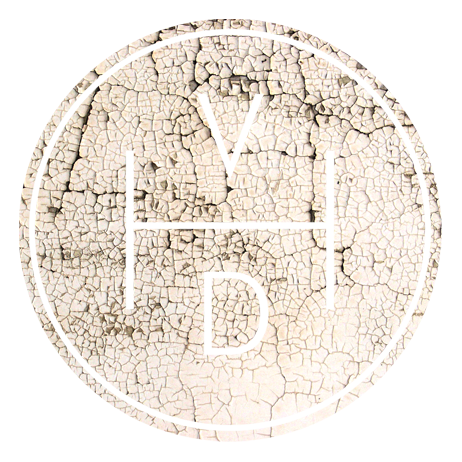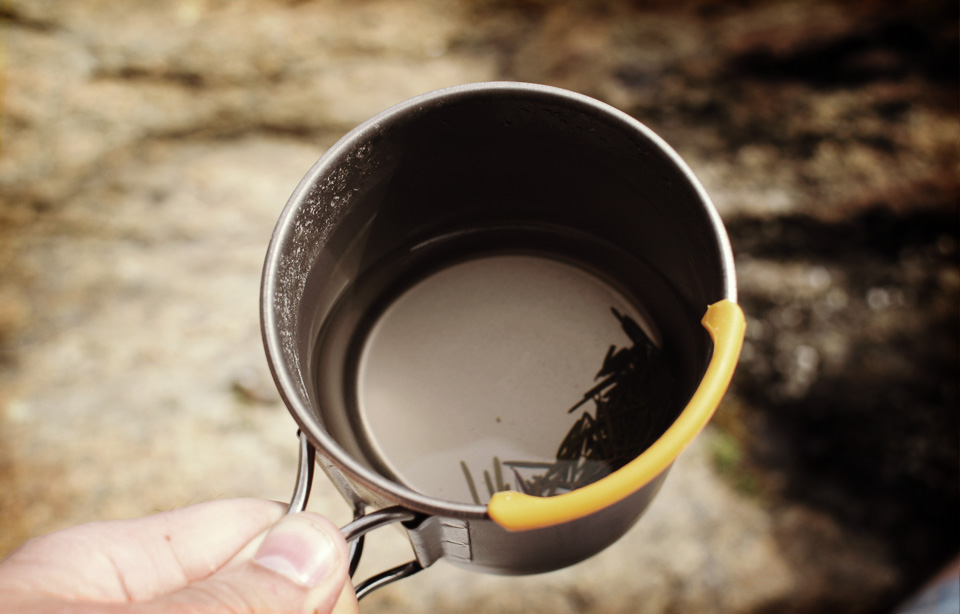Walt Whitman
I'm a little embarrassed it has taken me this long to quote Walt Whitman, this is an excerpt is from "Song of the open Road" self published in Leaves of Grass, 1855. What an opening, it perfectly captures the giddy expectations and desires one gets when embarking on a grand journey. Enjoy.
“Afoot and light-hearted I take to the open road, Healthy, free, the world before me, The long brown path before me leading wherever I choose.
Henceforth I ask not good-fortune, I myself am good-fortune, Henceforth I whimper no more, postpone no more, need nothing, Done with indoor complaints, libraries, querulous criticisms, Strong and content I travel the open road.”














